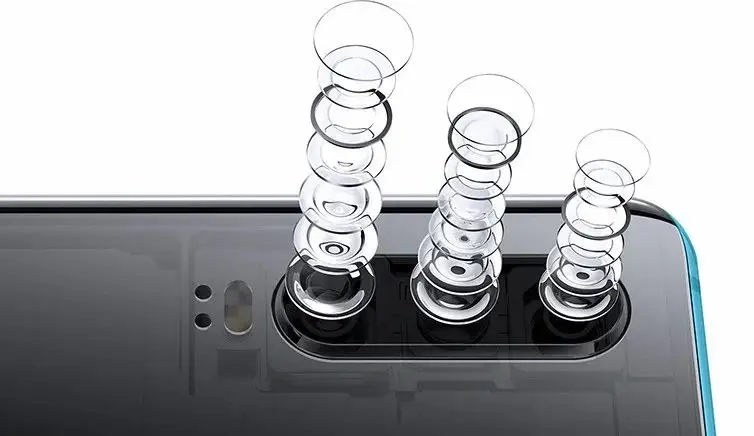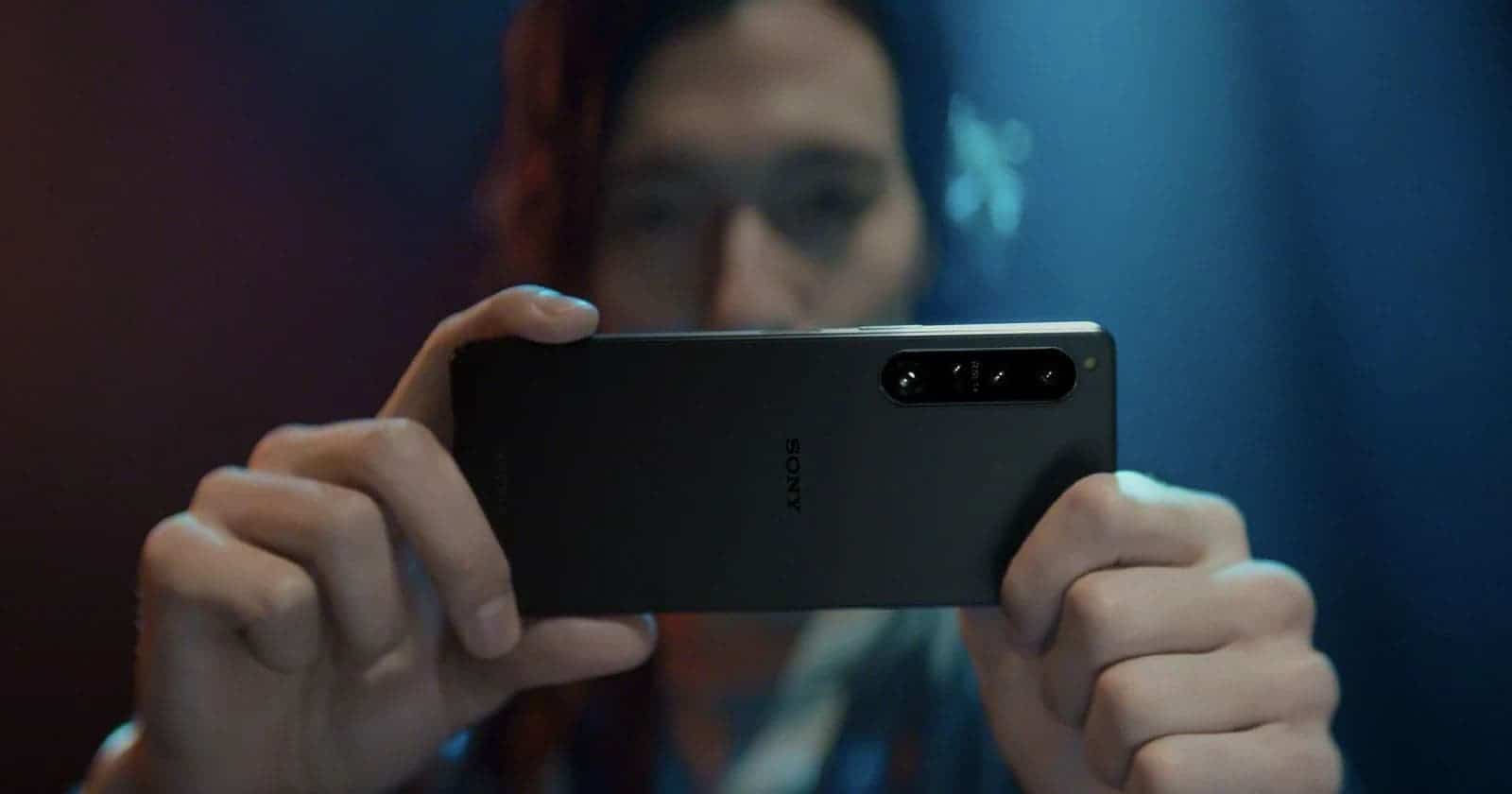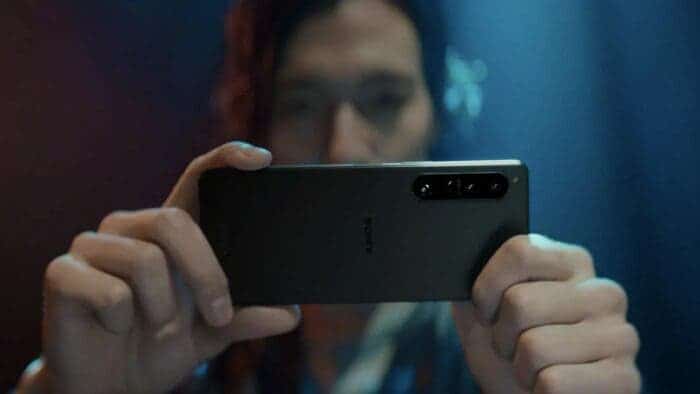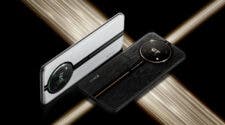Except for a few products such as Sony Xperia 1 IV, Samsung Galaxy Zoom, and Asus ZenFone Zoom, the “optical zoom” of most mobile phones is actually switching between different cameras. A multi-cam phone has an image sensor behind each lens. When you switch magnifications, both the sensor and the lens change. This situation is not only different from the optical zoom of the camera lens, but also different from the replacement of different lenses for SLR/mirror single-lens. Therefore, the “optical zoom” on a mobile phone is precisely a “relay” work achieved by multiple fixed-focus lens cameras combined with digital processing. The telephoto lens on the Sony Xperia 1 III / 5 III can be switched between 70mm F2.3 and 105mm F2.8. It can be called a dual focal length, but it is not a real optical zoom.

Multiple cameras for Optical Zoom
Most mobile phones set the 23 – 27mm focal length to 1x (1.0x). Thus, the super wide-angle is 0.4x, 0.5x, 0.6x, and the medium telephoto is 2.0x, 3.0x, 5.0x… But this brings about two basic “confusion”
- The definition of 1x is not the same, so there are differences in the viewing angles of 0.5x, 3x, and 5x on different mobile phones;
- When a mobile phone advertises a 10x zoom capability, this means that the device has a 10x telephoto camera. Or, it could mean that the device has a 10x zoom from ultra-wide-angle to telephoto (such as 0.5x – 5.0x).
Therefore, instead of caring about how many times the lens can zoom, it is better to directly check/calculate what the equivalent focal length is.
Focal length
Between two fixed-focus cameras (for example, from a 1.0x wide-angle main camera to a 3.0x telephoto camera), there are multiple operations for processing the intermediate focal length. The initial method is digital zoom, and the result is from 1.1x to 2.9x. However, at this stage, the image quality continues to decline. Then from 2.9x to 3.0x, there will be a decent increase in image quality.
Gizchina News of the week
Afterwards, Android phones generally began to add “picture fusion” technology. For example, at 2.9x, the 1.0x and 3.0x cameras will be called to take pictures at the same time. Also, the 1.0x outer frame will be used to make up for the viewing angle gap between 2.9x and 3.0x. This method is only suitable for taking pictures.
Finally, since most mobile phones currently use quad-Bayer sensors as 1.0x wide-angle main cameras, they can output photos with 4x pixels in high-pixel mode. Therefore, many mobile phones with the main image function will first take high-pixel shooting. After this, it will then capture the central area to achieve the zoom effect at the 2.0x focal length. For example, after taking a 48MP image, the camera captures the central portion in 12MP quality. This is equivalent to 2x zoom. The operation is also sometimes advertised as “lossless zoom”.

Auto switch
Even with a 2.0x, or 3.0x telephoto camera, sometimes it will automatically switch to using the main camera or even a super wide-angle camera. Reasons for this include: the subject exceeding the minimum focusing distance, and the ambient light being insufficient.
Summary
The physical specs and software setups of mobile phone cameras are by their nature very complex. Also, the inclusion of techs like four-Bayer and image fusion also broadens the range of mobile phones’ active states. After choosing zoom in the camera interface, the vast majority of users don’t need to probe how the phone functions. However, there are a few users that value images and have specific needs. For these people, it is very necessary to read the official promotion for the sensors. Also, some analysis articles to grasp the optimal operating mode of your mobile phone may help.





